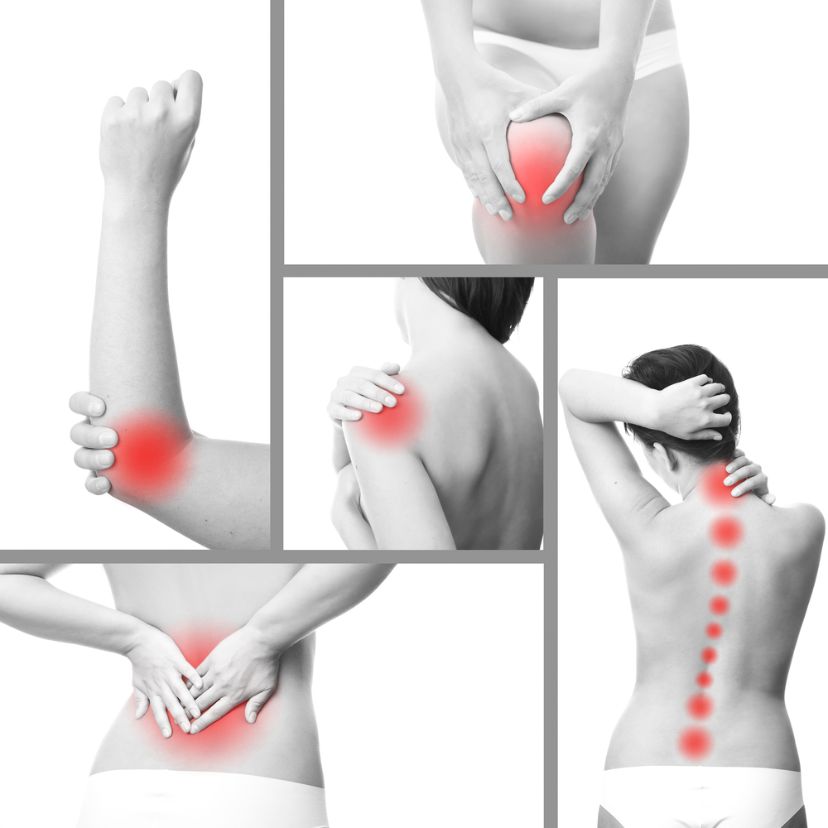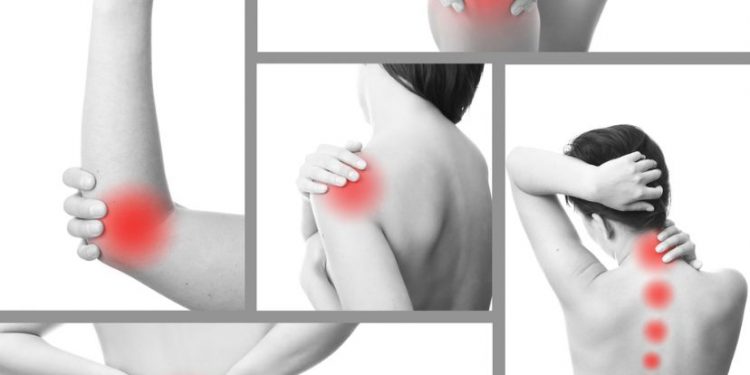Cachexia is a serious medical condition characterized by progressive weight loss and muscle wasting. It can happen in patients with cancer or AIDS, and is often associated with poor quality of life and death.
Cachexia symptoms include involuntary weight loss, skeletal muscle wasting and a loss of appetite or anorexia. It is usually present during the course of a disease, but can occur early on in some cases.
Loss of appetite or anorexia: Many people with cachexia lose their desire to eat and will not seek out food. They may also find that they do not have the energy to prepare meals or even carry out simple tasks, such as brushing their teeth.
Muscle wasting: The muscle loss associated with cachexia can be fairly insidious. This is especially true for those who were overweight at the time of their diagnosis.
Edema: This is a common symptom of cachexia, as excess fluid builds up in the body’s tissues. It can make it difficult to breathe and move around, and may increase a person’s risk of developing heart failure.
A patient with cachexia will often have difficulty swallowing, which can cause nausea and vomiting. They may have trouble feeling full, and they might have pain from surgery or the underlying illness.
Physical symptoms of cachexia are often distressing and can lead to depression and anxiety. A person who has cachexia may not want to eat because they don’t have the strength to do so, which can be upsetting for family and caregivers.
Medications: Some medicines can help with symptoms of cachexia, such as dronabinol, megestrol or glucocorticoids. These medications are not a cure for cachexia, but they can be helpful in controlling symptoms and improving quality of life.

Nutrition: A diet that is rich in calories and nutrients can help prevent cachexia symptoms, as well as improve the health of patients with the condition. Adding high-calorie supplements such as protein drinks or eating small, frequent meals throughout the day will encourage individuals to consume nutrient-dense foods and provide them with the proper nourishment to maintain their health.
Social eating: Getting together with friends and family to share a meal can be very rewarding for many people, and it can be an enjoyable way for individuals with cachexia to reconnect with the joy of food. It can also help them feel less isolated from their community, and this can help reduce their overall psychological distress.
Exercise: A regular routine of exercise can help promote muscle growth and reduce muscle wasting. It can also help reduce fatigue and other symptoms associated with the condition.
A doctor can diagnose the condition by asking a number of questions about a patient’s condition and lifestyle. A physician can also perform tests to measure a patient’s body weight, muscle mass and fat content.
A physician may recommend a combination of therapies that address both the underlying illness and the symptoms of cachexia. These include dietary modifications, physical activity, coping strategies and medication. A comprehensive approach can be the best way to improve a person’s symptoms and quality of life.









